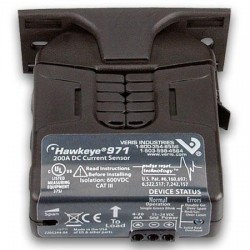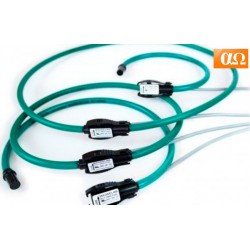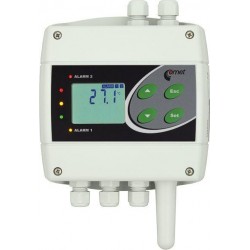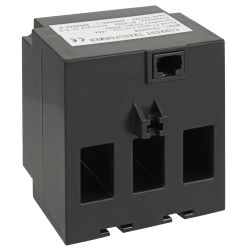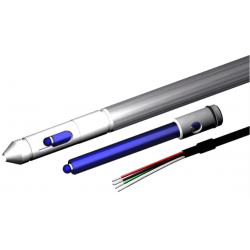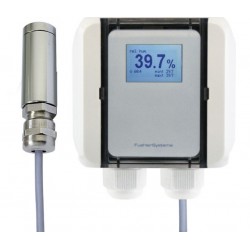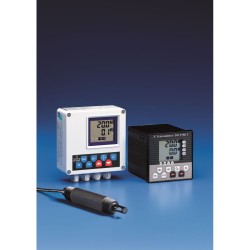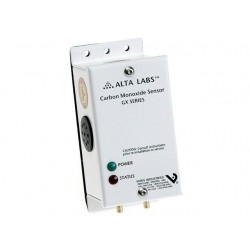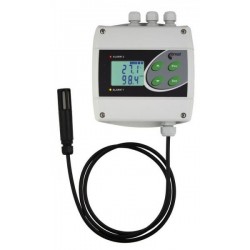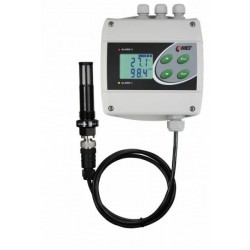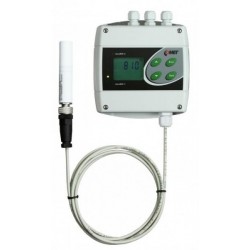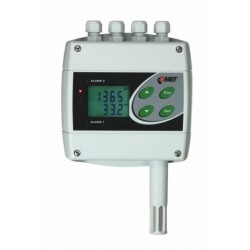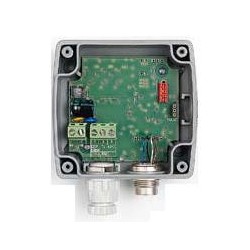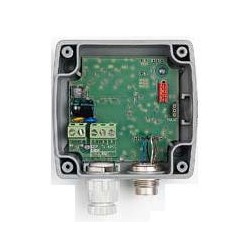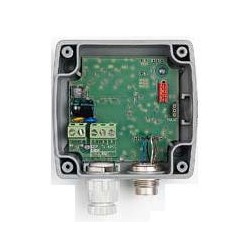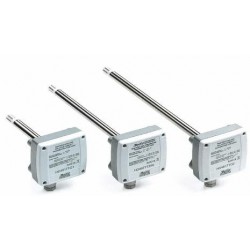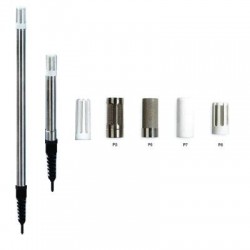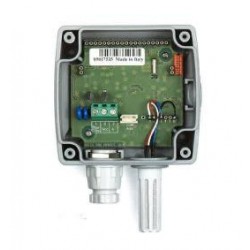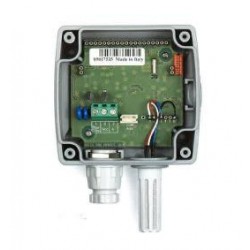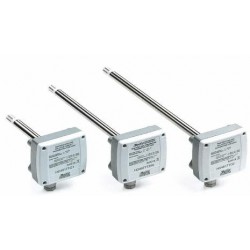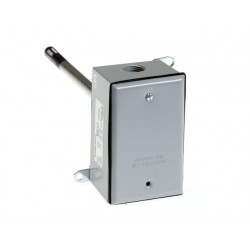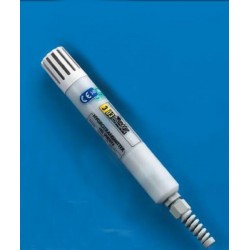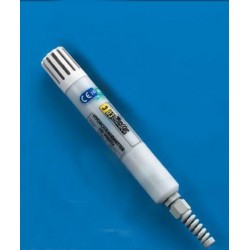No products
Prices are tax excluded
Product successfully added to your shopping cart
There are 0 items in your cart. There is 1 item in your cart.
Catalog
TRANSMITTERS AND TRANSDUCERS
-
PRODUCTS
- WEATHER STATIONS
- WATER QUALITY MONITORING
- TRANSMITTERS AND TRANSDUCERS
- TRAINING & EDUCATION SYSTEMS
- SPECTROMETERS & SPECTRO-RADIOMETERS
- SENSORS & PROBES
- POWER & ENERGY
- MEASUREMENT AND CALIBRATION INSTRUMENTS
- LIGHT & LASER SOURCES
-
LABORATORY, PHARMACY & MEDICINE EQUIPMENT
- Water Quality
- Vet
- VARIOUS
- VACUUM SYSTEMS
- Ultrasonic Baths
- Stirrers
- SPECTRO-PHOTOMETERS
- Showers
- Sensores y Sondas
- Rotary Evaporator
- Refractometers
- Pumps
- PRECISION BALANCES
- Plant Growth Chambers
- PARTICLE ANALYZERS
- OVENS
- ORBITAL SHAKERS
- Mills
- MILK ANALYZERS
- Microtome
- Microscopes
- Microplate Readers
- MEDICAL ANALYZERS
- Laboratory Reactors
- INFLAMMATION ANALYZERS
- INCUBATORS
- HUMAN TEMPERATURE
- Hotplates
- GAS BURNERS
- Gas Analyzers & Detectors
- FAT ANALYZER
- Evaporators
- Distillers
- Dissolved Oxygen
- Density Meters
- Cultivators
- COLORIMETERS/GLOSS METERS
- COLD STORAGE ROOMS
- Chromatograph
- Chillers, Coolers, Refrigerators
- Chemical Analyzers
- CENTRIFUGERS
- CABINETS AND HOODS
- Body Scanners
- BATHS AND CIRCULATORS
- AUTOCLAVES
- ANALYSERS
- Anaerobic Workstations/Chambers
- AIR QUALITY
- Air Purify
- Instruments for Geophysics and Seismology
- INDUSTRY & PROCESS CONTROL
- INDUCTION HEATERS
-
HAND/PORTABLE METERS
- WOOD MOISTURE
- Weather Station
- WATER QUALITY
- VIDEOSCOPE
- VIBRATION ANALYZERS
- Veterinary
- ULTRAVIOLET
- Thickness Measurement
- THERMAL IMAGING
- TEMPERATURE & HUMIDITY
- TEMPERATURE
- TDS
- Spectrum Analyzers
- Spectrocolorimeters
- SPECTRO RADIOMETERS
- SPECTRO PHOTOMETERS
- Sound Meter
- SOUND LEVEL METERS
- SOLAR RADIATION
- Soil Moisture
- SOIL COMPACTATION
- SOIL CALCIMETER
- Salinity
- Relative Humidity
- Refractometers
- RADIATION (Gamma, Beta and X)
- Quantum Light 0-4000 µmol
- PRESSURE & TEMPERATURE
- Pressure
- Power Analyzers
- PHOTOSYNTHETIC LIGHT
- pH
- Particles in Air
- OXIGEN
- ORP
- OIL ANALYZERS
- MULTIFUNCTION
- LUXOMETROS
- Leakage Meters & Detectors
- ION MEASUREMENTS
- INFRARED Temp. RADIOMETER
- Humidity Sawdust/Hay/Pellets
- HUMIDITY OF CONCRETE
- GLOSS
- GAS ANALYZERS
- FORMALDEHYDE
- Food
- Fluorometers
- Distance rangefinder
- DISSOLVED OXYGEN
- CONDUCTIVITY METERS
- CONDUCTIVITY
- Colorimeters
- CO2 (Carbon Dioxide)
- CO (Monóxido de Carbono)
- CHLOROPHYLL CONCENTRATION
- Cement Moisture
- ANEMOMETER
- AIR QUALITY
- ACCESORIES
- FUEL CELL HARDWARE
- FLOW METERS
- ENVIRONMENTAL PRODUCTS
- Environmental Hygiene
- ELECTROCHEMISTRY, MATERIAL SCIENCE & IMPEDANCE
- ELECTRICITY NETWORK ANALYZERS
- DATA LOGGERS
- Custom PCs
- CLOROPHYL PHOTOSYNTHESIS
- CATALOGS
-
Browse by Measurement
- Wood Moisture
- Wind Direction
- Weight / Load
- Water Quality
- Water Level
- WATER FLOW
- VOC
- Viscosity
- Vibration Analyzers
- Vet
- V & mV
- Ultraviolet Light
- Turbidity
- Time
- Thickness
- Thermal Image
- Temperature
- Telemetry
- TDS
- Strain Gauges
- Stomatal Conduct.
- Sterilization
- States (ON/OFF)
- Spectroradiometry
- Spectrophotometry
- Spectrometry
- Solar Radiation
- Soil Water Potential
- Soil Moisture
- Sodium
- Snow Depth
- Silica in water
- Seismology
- Sap/Sap Flow
- Sap Flow
- Salinity/Conductivity
- RELAY OUTPUTS
- Relative Humidity
- Rain Gauge
- Radon
- Radiation
- Quantum Light
- Pulses
- Pressure
- POWER SUPPLIES
- Potassium
- Pipes Inspection
- Photosynthesis
- Pharmacy & Medicine
- pH
- Peristaltic Pumps
- Penetrometers
- Particle Meters
- Particle Counters
- PAR Light
- Ozone (O3)
- Oxígeno Disuelto DO
- ORP - REDOX
- Occupation and Time
- O2 Oxygen
- Noise
- Nitrogen Generators
- Nitrate
- Network Analyzers
- Movement & GPS
- Meteorology
- Load Cells
- Light & Laser Sources
- Level
- Leaf Wetness
- Leaf area index
- LCR
- KW & KW/H
- Ions
- Impedance
- Idc (DC Current)
- Iac (AC Current)
- Haze/Fog
- GEOTECHNICS
- Geiger counters
- GAS (ANALYZERS)
- Fuel Cells
- Fluorescence
- Flavor/Taste/Acidity
- Exterior humidity
- Events
- Evapotranspiration
- Energy and Power
- Electrochemistry
- Distance
- Differential Pressure
- Diesel Level
- Dew Point
- Destiladores
- Density
- Dendrometers
- Cryoscopes
- Cracks in Buildings
- Conductivity in Water
- Conductivity in Soil
- COMPRESSED AIR
- Color / Colorimeter
- CO2 Carbon Dioxide
- CO Carbon Monoxide
- Chlorophyll
- Calibrators
- Calcium
- Body temperature
- Autoclaves
- Atmospheric Pressure
- Ammonia
- Airflow
- Air sterilization
- Air Speed
- Air quality
- 4-20mA
- Highlighted
-
Brands
- Zenner
- Wopson
- WonATech
- WIND MEASURE
- Wellzion
- Walz
- Waltron
- Veris Industries
- Vegetronix
- Vector Instruments
- Vaisala
- UPWARDINNOVATIONS
- Trace Analysis
- TooToo Meditech
- Tempmate
- Tanel
- TandD
- Stevens Water
- StellarNet .Inc
- Spellman
- Spectrum Technologie
- SOMMER
- SolGeo
- SinePhase
- Sigma Space
- Siap Micros
- SCRIBNER ASSOCIATES
- Scientech Tech.
- RST Instruments
- Robin
- RIKA SENSORS
- RIGOL
- Rayleigh Instruments
- RADONOVA
- Quarta-Rad
- PSI (Photon Systems)
- Pronamic
- Pragma Industries
- PM Ecology
- Pine Research
- pHionics Inc.
- Particles Plus
- Onset
- Omega
- Nvis Technologies
- NorECs
- NexCeris - NextCell
- Nesa
- Nazaríes IT
- Munro Instruments
- MRC Lab. Equipment
- Milky Day
- Meter Environment
- MEATROL
- Magnelab
- MAE srl
- Leyro Instruments
- Laumas - Weighing
- LABTRON
- Konted
- KandH
- IMKO
- IKS-INDUSTRIAL
- iButton
- Hukseflux
- Huber Scientific
- Hubei Fangyuan
- HTi Instruments
- HORIBA/Laqua
- HONGYUV
- Gruner
- GroPoint
- Great Instruments
- Grant Instruments
- Gentos
- FUEL CELL TECH. INC.
- Fuehler Systeme
- FRIGGA
- EMS Brno
- EME Systems
- Elitech
- ELECTROCHEM INC.
- ELECTREX
- Eko Instruments
- ecoTech
- Ecomatik
- Delta-T
- Delta Ohm (Senseca)
- DegreeC
- Decagon
- Davis
- Comet System
- CO2 Meter
- Chao Sensor
- CDI Meters
- Capetti Elettronica
- CamLogic s.r.l.
- CALEX
- Buck Research Ins.
- Bosean
- Blue Maestro
- BANTE Instruments
- Autoedu
- Atago
- Astori Tecnica
- Aranet
- Aquas Inc.
- Aquaread
- AquaCheck
- Apogee Instruments
- AO-Electronics
- Algodue
- AIRY TECHNOLOGY
- Acksen
- 3nh
- Spectral Evolution
- Pot-Tech Electronics
- GAMMADATA
-
Applications
- Water
- Veterinary
- TRAINING / EDUCATIONAL
- SPECTROSCOPY & SPECTROPHOTOMETRY
- SCIENCE AND RESEARCH
- MEASUREMENT AND CALIBRATION INSTRUMENTS
- LABORATORY, PHARMACY, MEDICINE AND HEALTH
- INDUSTRY
- Geotechnics /Seismology
- ENVIRONMENTAL SCIENCES
- ENVIRONMENTAL HYGIENE
- Cold Chain - Transport
- Building Monitoring
- AUTOMOTIVE
- AUTOCLAVES
fuentes RSS
No RSS feed added

TRANSMITTERS AND TRANSDUCERS
Transmitters
Transmitters are current-outputting devices and may have two or three wires. Where two wires are used to both receive power and transmit an output signal, significant cost savings can be made where long cables are needed. They are frequently scaled to vary from 4 mA to 20 mA as the pressure varies from mi...
TRANSMITTERS AND TRANSDUCERS
Transmitters
Transmitters are current-outputting devices and may have two or three wires. Where two wires are used to both receive power and transmit an output signal, significant cost savings can be made where long cables are needed. They are frequently scaled to vary from 4 mA to 20 mA as the pressure varies from minimum to maximum. Thus the on-board electronics has to be capable of operating with a maximum current drain of less than 4 mA. Being 'current driven', the in-built circuitry controls the voltage across the transmitters two terminals to ensure that the appropriate pressure-proportional current is maintained irrespective of line resistance up to a specified limit. Thus these devices are very suitable for use with long cables and are much less susceptible to electromagnetic interference than voltage-output transducers. Sometimes called current loop or serial devices, additional displays at different locations can easily be included in the loop without degrading the output signal. Such devices normally suffer no significant degradation of signal output with distance.
Transducers
Transducers are voltage-outputting devices that can be used with simple signal conditioning but are more sensitive to electromagnetic interference. The electrical resistance of the connecting cable can cause significant errors if the cable is long. They require three or four connecting wires to supply power and deliver the output signal.
-
-
RCT-1800 Rogowski Coil AC-Current Transducer with 0.333 mV o/p
Rogowski Coil AC-Current Transducer with 0.333 mV o/p Select desired model in options.
-
H0530 Thermometer with Ethernet Interface and Relays
Sensor H0530 is designed for online monitoring of temperature. Three binary inputs to detection of two-states signals are the advantage. Other devices are controlled by two relay outputs.
360,00 € -
TAS240-EW Easywire "Plug and Play" 3-Phase Measuring Current Transformer. Ranges: 60 to 200A
Plug-and-Play Three-Phase Current Transformer with Patented Technology from Rayleigh Instruments. 333 mV secondary Output. Ranges: 60 to 200A
-
TAS242-EW Easywire "Plug and Play" 3-Phase Measuring Current Transformer. Ranges: 60 to 250A
Plug-and-Play Three-Phase Current Transformer with Patented Technology from Rayleigh Instruments. 333 mV secondary Output. Ranges: 60 to 250A
48,00 € -
STs014p4_20S PH & Temp. Transmitter
The Transmitters Series STs pH Transmitters are ideal for applications such as Process Control, Data Acquisition, Wastewater Treatment and Groundwater Monitoring.
-
AO-RRFT(P)/A Temperature and Humidity Transducer with External Probe for pendulum sensors
► % r.H., g/m³, g/kg, DP °C► -30...+70°C, -20...+80°C, 0...+50°C, 0...+100°C scales► outputs: 0-10 V, 4-20 mA, changer► heating function for condensation protection► hinge lock technology► Outputs to choose from: - Rel. Humidity: 2 x 4-20mA or 2 x 0-10V - Temperature: 2 x 4-20mA or 2 x 0-10V
265,00 € -
DO9786T-R1 Conductivity Transmitter
Panel mounting conductivity transmitter in a 96x96 housing with dual LCD (measurement + temperature), output 4...20mA. The cell constant, the range and the temperature coefficient are completely configurable. 2-wire passive transmitter or 4-wire active transmitter. Power supply in active mode 24 Vac, on request 230 Vac, in passive mode 10...35 Vdc.
480,00 € -
GWMAS Carbon Monoxide Transmitter and Fan Controller
4-20mA output, 25ppm relay setpoint, local audible alarm, auxillary contact. "
-
H3021 Transmitter for temperature and humidity with two relay outputs
Humidistat, thermostat with two relay outputs. Outdoor, indoor use. Humidity & temperature sensors on a probe cable. Measured values are also converted to other humidity interpretation: dew point temperature, absolute humidity, specific humidity, mixing ratio, specific enthalpy. The device is supplied with T+RH probe with 1 meter cable.
315,00 € -
H3021P Transmitter for Compressed Air (temperature and humidity regulator)
Humidistat, thermostat with two relay outputs. For outdoor or indoor use.Temp probe & Relative Humidity of hard anodized aluminum, for compressed air up to 25 bar with 1 m cable.Cables lengths of 2m or 4m available optionally.Humidity, temperature probe on a cable. Measured values also become another interpretation of humidity: dew point temperature,...
435,00 € -
-
H6320 Temperature, humidity, CO2 transmitter with two relay and RS232 outputs
Temperature, humidity, CO2 level sensor with two output relays. Included in delivery: H6320 sensor Traceable calibration certificate Quick start manual "
465,00 € -
HD4817TV RH & Temperature Transmitter
Transmitters HD48- HD49 Delta OhmRelative Humidity & Temperature Transmitters "
-
HD4807TV Series Temperature Transmitter
Transmitters HD48- HD49 Delta OhmSeries Temperature Transmitters "
-
HD4801TV Relative Humidity Transmitter
Transmitters HD48- HD49 Delta OhmRelative Humidity Transmitter "
-
HD4877T Series Temp. & Dew Point Transmitter
Transmitters HD48- HD49 Delta OhmSeries Temperature & Dew Point Transmitters "
-
-
HD4977T Dual Temperature & Dew Point Transmitters
Transmitters HD48- HD49 Dual Temperature & Dew Point Transmitters from Delta Ohm
-


